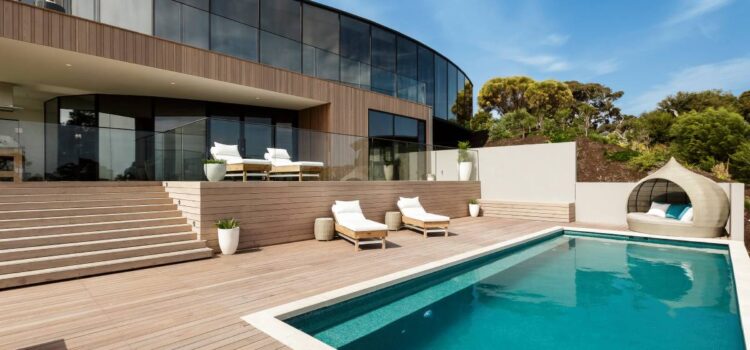Learn how to set up a home automation system, explore costs, and discover if smart home tech is right for you.


Learn how to set up a home automation system, explore costs, and discover if smart home tech is right for you.

We’ll break down the pros and cons of composite and timber decking specifically for NSW conditions so you can make a confident choice.

If you’re curious about composting but feel it is too complicated, messy, or requires too much space, this beginner’s guide is for you

Learn why dust keeps returning in your home, how pets contribute to dust & easy ways to reduce dust for a cleaner, healthier living space.

Make your pool more beautiful and fun with easy tips. Find out why pools look dated & explore popular styles to create a relaxing outdoor oasis.

Learn how cats feel anxious when owners are away. Discover signs of stress, ways to reduce cat anxiety & if getting another cat helps.

Learn how pets show love, how they know you care, and ways to strengthen your bond. Signs of affection from dogs, cats, and more.

Learn how chocolate boosts mood and brain function, whether mood-enhancing chocolates work, and which types are best for your mental health and happiness.

Learn about the best office ceilings and partitions to improve comfort, noise, and style. Get expert help from Alpha Ceilings and Partitions.

OCD is a challenging condition, but new treatments offer fresh hope. This article reviews effective therapies and success rates.
Comments